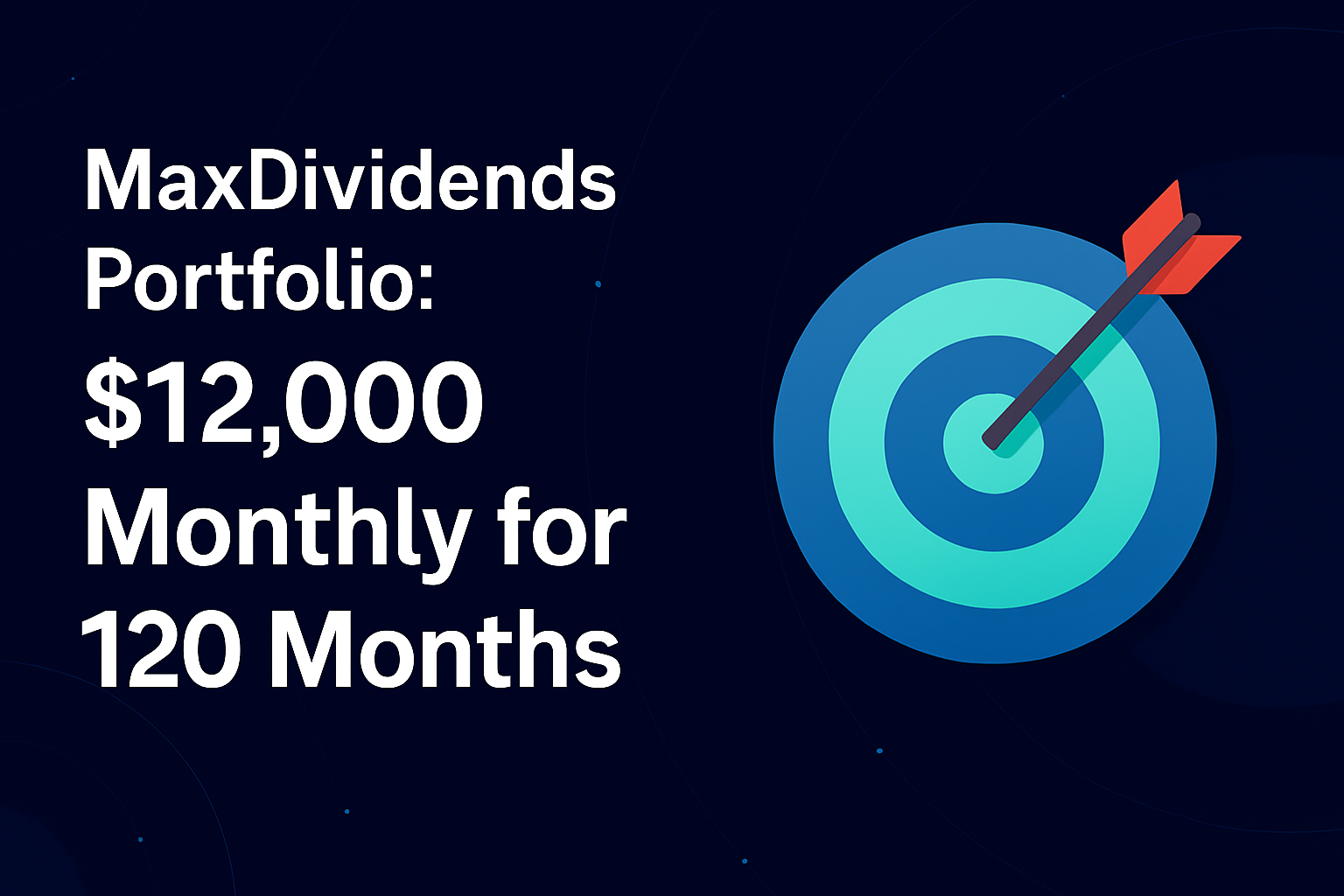Table of Contents
Takeaways:
- Embracing a global stock portfolio offers investors diverse opportunities, potential for higher returns, and enhanced risk mitigation.
- Finding the “sweet spot” between risk and reward is crucial when managing a global investment portfolio.
- Diversification plays a pivotal role in creating a well-balanced investment strategy with international stocks.
- Despite added risks, careful consideration and understanding of challenges can make international stocks a valuable addition to an investment portfolio.
- Navigating the complexities of international markets can prove to be rewarding and beneficial for investors willing to do so.
Maximizing Global Investments: A Concise Guide
Investing internationally is a strategic move that, like any other security class, carries inherent risks. Factors such as company size, stability, industry, and growth potential contribute to the varying nature of international investing exposure. Additionally, economic and political conditions across international equity markets impact stock market performance, requiring meticulous consideration.
Incorporating international stocks into a portfolio presents diversification benefits, including access to new growth opportunities, currency risk hedging, and exposure to global economic growth. However, it’s crucial to recognize the diversity among global stocks, considering differences in size, sector, financial performance, as well as regional economic and political conditions. These factors significantly influence the stability and growth potential of international equity.
International regions
Factors like stability and growth potential can play a significant role when it comes to choosing the region where an investor should place his funds. International stock markets are divided into the following:
- Asia-Pacific (Australia, Japan, Hong Kong, Singapore)
- Europe (United Kingdom, France, Spain, Germany)
- Latin America (Brazil, Mexico, Argentina, Peru)
How to choose an international investment
When it comes to international market capitalization allocation, individual and institutional investors should first consider making a market and industry analysis in order to analyze crucial factors, such as the current economic conditions and the financial performance of the companies in the market.
Additionally, another important factor is the risk tolerance of each investor. Thus, when choosing to invest in international markets, every trader should keep in mind that this choice comes with greater risks and volatility. Moreover, before an investor chooses the international market that fits him most, should consider and specify which are his foreign investment objectives depending on his long-term growth and income.
Get broad exposure to international markets
In order to get broad exposure to international markets an investor can follow various options such as diversifying his trading portfolio with foreign stocks or even using a global allocation strategy by combining domestic stocks and international stocks.
Additionally, some experienced investors choose to invest in international index Funds or ETFs, which is considered a more cost-effective solution while at the same time, they provide broad exposure to international developed markets. Below is a list of popular international funds:
Balancing Domestic & Foreign Stock Exposure
Here is a table of a portfolio consisting of U.S. bonds and international bonds from 1990 to 2022:
| 100% U.S. Bonds | 75/25 | 50/50 | 25/75 | 100% International bonds | |
| Average Annual Return | 6.40% | 6.15% | 6.00% | 5.75% | 5.10% |
| Standard Deviation | 8.20% | 7.75% | 7.50% | 7.25% | 6.80% |
This table shows the average annual return and standard deviation of a portfolio consisting of U.S. bonds and international bonds. The portfolio with a 75/25 blend of U.S. bonds and international bonds had the highest valuation and the lowest volatility among the options. This combination of higher valuation and lower volatility is considered rare and desirable.
How Much To Invest In International Markets?
In order to define the recommended amount to invest in international developed markets an investor should first defy his goals, his risk tolerance, and most important the overall portfolio diversification strategy.
Typically, most experts suggest that a percentage between 5% to 30% of the portfolio in international markets. For example, if you have a higher risk tolerance and are comfortable with a more aggressive investment strategy, you may consider a higher exposure to stocks.
Things to consider
As we have already mentioned investing in international markets can come with added risks, such as currency fluctuations and political instability. Thus, it is important to carefully consider any goals making any investment decisions.
Types of international markets
There are various types of international markets. The list below briefly analyzes each of them:
- Developed markets. This category includes countries with mature economies and well-established stock markets. They usually offer stability and lower volatility.
- Emerging markets. Those are countries with developing economies and growing stock markets. They may offer higher growth potential, but with a higher risk and volatility.
- Frontier markets. Such markets are represented by countries with less mature economies and stock markets. They offer even higher growth potential than emerging markets, but with larger risk and serious uncertainty.
- Regional markets. In some geographic regions, such as the Asia-Pacific region or the European Union, investors can invest in a specific regional market, or diversify their investments across multiple regions.
What Is The Appropriate Amount Of International Stock To Include In One’s Portfolio?
Most experienced investors will advise that a well-diversified portfolio should embody a mix of both domestic and stocks. However, the specific allocation depends on the individual’s investment goals. For a more conservative investor, it is more efficient to allocate a smaller portion of his portfolio to stocks. Conversely, for a more aggressive one, a larger portion is the rule.
Additionally, the allocation of international exposure in a portfolio can also be influenced by changes in the global market. Thus, a regular review and rebalancing of a portfolio can help ensure that it continues to align with an individual’s investment objectives.
Do you need to have international stock in your portfolio?
Some investors believe that it is not obligatory to include international stocks in their trading portfolio. Others say that the diversification that the overseas markets can offer provides great benefits and opportunities. Of course, the decision of whether to include international stock or not depends on each individual’s trading strategy, investment goals, and exposure to international equities tolerance.
Why Opt for a Global Stock Portfolio?
A global stock portfolio presents several advantages to investors, including broader access to investment opportunities, potential for higher returns, and improved portfolio diversification. It exposes investors to various currencies, economies, and industries, reducing overall portfolio risk and ensuring a more stable investment return. Tailoring a global stock portfolio to individual goals and risk tolerance makes it an appealing choice for many investors.
But how exactly does this work?
Investing globally involves acquiring shares of companies located in foreign countries. This approach broadens exposure to diverse economies, currencies, and industries, fostering portfolio diversification. Various investment vehicles, such as mutual funds, exchange-traded funds (ETFs), global stock funds, or individual foreign stocks, facilitate the purchase of global stocks.
Finding the “Sweet Spot”
The “sweet spot” signifies the optimal balance between risk and reward in strategy. It represents the point where potential returns are maximized while keeping risks at a minimum.
Crucial Role of Diversification
Diversification plays a pivotal role in a global stock portfolio by spreading investment risk across different countries, currencies, and industries. This strategy helps mitigate the impact of market fluctuations in specific regions or sectors, contributing to a more stable and consistent investment return. By investing in a diversified array of global stocks, investors can potentially reduce overall portfolio risk and enhance long-term returns.
Potential Risks of Global Stock Investments
Investing globally introduces additional risks, such as currency fluctuations, political instability, economic uncertainty, and varying regulations. These factors can adversely affect the value of global stocks, potentially resulting in significant losses. Careful consideration of these risks is essential before venturing into global markets.
What are the steps to follow when investing in international stocks?
Before an investor chooses which international stock fits his portfolio, he should first follow some steps in order to take a secure decision.
- Make research. A successful investment strategy always needs first to be accompanied by proper research. Thus, any investor has to conduct a proper research for credible information about the company he is interested in, its financial health as well as its past performance.
- Define risk tolerance. An investor has to decide how much risk he is ready to accept. When a trader decides to allocate his portfolio to foreign stock exposure, he should keep in mind that this can come with some added risks, such as currency fluctuations.
- Choose the instrument. It is important to choose a proper investment vehicle depending on the investor’s goals and strategy. A mutual fund, an exchange-traded fund (ETF), or individual stocks are among good choices.
Critics of Having International Stock Portfolio Exposure
The criticism of having total equity exposure in international stocks refers to the potential drawbacks and risks associated with investing in stocks. Some common criticisms include currency fluctuations, political and economic instability, and different accounting and regulatory standards, which can impact the performance of international investments. It is important to consider these potential risks and seek professional investment advice before making any investment decisions.
So What Do I Do With My International Stocks?
Investing in stocks is considered to be a long-term strategy. In order for an investor to manage efficiently his international stocks the steps below are considered as a good lead:
- Monitor their performance. It is mandatory to often review the performance of the international markets and adjust the trading portfolio to any changes.
- Take into consideration the currency fluctuations. A great impact on an investor’s strategy can have currency fluctuations. They can influence any international investment’s value.
- Always be informed about the international market. An investor should always be aware of any political and economic development in the regions and countries where he has invested. That way he can foresee any upcoming impact on his asset’s performance.
FAQ
Should I have international bonds in my investment mix?
It’s an individual choice that depends on your investment goals, risk tolerance, and overall investment strategy. However, international bonds can provide diversification benefits and help to reduce overall risk. Thus, if one market is performing poorly, the other may be performing well, potentially reducing the overall volatility of your investment mix.
Should I include international stocks in my diversified investments?
Yes, it is considered to be an efficient option to include international stock exposure in your diversified investments for diversification and the potential for higher returns. However, it is important to consider the risks involved and seek professional advice before making any investment decisions.
What percentage of my diversified investments should be in emerging markets?
Some financial advisors suggest that the average investor allocates 5-10% of their diversified investments to emerging markets. Of course, any individual financial decision should be taken with proper risk management in order to avoid high losses and succeed in your financial goals.
Is now a good time to buy international stocks?
Determining the optimal time to buy stocks involves assessing current market conditions and aligning them with your investment goals. Long-term investors may find opportunities despite short-term fluctuations, emphasizing the importance of a well-diversified investment mix.
Will international stocks ever outperform again?
While past performance doesn’t guarantee future results, history demonstrates that international stocks have the potential to outperform. Market dynamics, economic shifts, and global events can influence performance, emphasizing the need for a diversified approach.
What are the best international stocks to invest in?
Identifying the best international stocks depends on individual preferences, risk tolerance, and market analysis. Blue-chip multinational companies, diversified global funds, and emerging market opportunities are among the considerations. Thorough research and consultation with financial experts are advisable.
How can I buy foreign stocks?
Investors can buy foreign stocks through various avenues such as global mutual funds, international ETFs, or direct purchases on foreign exchanges. Utilizing brokerage accounts that offer international trading options and understanding any associated fees is essential.
What percentage of my portfolio should be in emerging markets?
The allocation to emerging markets in a portfolio depends on individual risk tolerance, financial goals, and investment horizon. Typically, financial advisors suggest a moderate percentage, often between 5% to 15%, to balance potential high returns with associated risks. Customizing this allocation based on personal circumstances is crucial.





